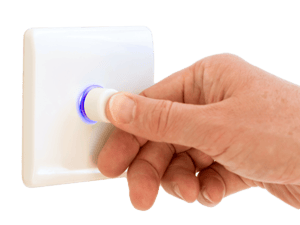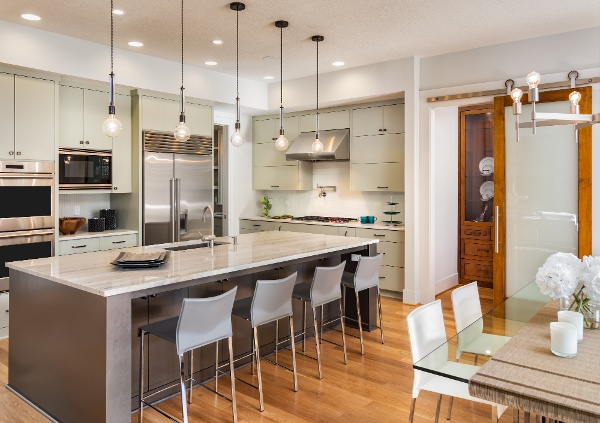
One of the many great features of a smart home is that it gives you elevated control over your lighting. Smart homes can control both natural and electric lighting,...
Home lighting automation can improve your sleep schedule.
You don’t need to be a rocket scientist to understand the importance of a good night’s sleep. Who hasn’t stared at the clock at 3am in despair, already anticipating tomorrow’s inevitable grogginess and irritation? But in fact, the need for good, regular sleep is now so recognised that there are scientists who do study it. Harvard Medical school has a whole division dedicated to it (the Division of Sleep Medicine).

The director of the Center for Human Sleep Science at the University of California, Berkeley suggested that we are in the middle of a ‘catastrophic sleep-loss epidemic’ and even that ‘sleep should be prescribed’. According to the NHS, regular poor sleep actually presents serious health risks, such as obesity, heart disease, diabetes, and a shortened life expectancy. It’s clear we that need to take sleep seriously.
So how can you start paying attention and actively making an effort to get a good night’s sleep? In a smart home, the advanced control that you have over all the systems in your house means that you can use lighting to improve your health and wellbeing by working with your circadian rhythms.
The National Sleep Foundation provides this definition:
‘Your circadian rhythm is basically a 24-hour internal clock that is running in the background of your brain and cycles between sleepiness and alertness at regular intervals. It's also known as your sleep/wake cycle.’ It works best when you have regular sleep habits, such as - quite simply - going to bed at night and waking up in the morning around the same times from day to day. Disruptions to this rhythm can make you feel washed out and make it harder for you to pay attention.

A study by Johns Hopkins University found that ‘the retina measures light and dark information by using rod-cone photoreceptor cells and signals these responses to the brain’. It’s the rods and cones that detect this ‘light and dark information’. This information is used to either suppress or release the hormone melatonin. In a layperson’s terms, melatonin is what make you feels sleepy, and it’s released when it gets dark. Light is key in influencing your circadian rhythms and sleep/wake cycle, and by using circadian lighting you can tap into these rhythms and encourage a better night’s sleep.
As discussed above, the most crucial thing about working with your circadian rhythms is the establishment of routine. The great thing about smart lighting is that it can be preset to create a routine that becomes automatically integrated into your daily life. These presets can be as complex or as simple as you like. Use lighting to compliment your circadian by setting lights to come on and off, at the level of brightness that you want, at regular times each day. The consistency created by the automatic lighting will help create a regular sleep pattern and thus circadian rhythms that work with rather than against your lifestyle.
 Smart lighting can be used to help trigger feelings of sleepiness, e.g. the automatic dimming of lights at 10pm can begin to create a restful atmosphere. If you want to be strict with yourself and really set a fixed routine, you can set the lights to automatically turn off at (for example) 11.30pm. It’s a reminder to go to sleep that you can’t ignore!
Smart lighting can be used to help trigger feelings of sleepiness, e.g. the automatic dimming of lights at 10pm can begin to create a restful atmosphere. If you want to be strict with yourself and really set a fixed routine, you can set the lights to automatically turn off at (for example) 11.30pm. It’s a reminder to go to sleep that you can’t ignore!
One feature of smart lighting that can also be extremely useful is the ability to adjust lights to automatically turn on at the exact level of brightness that you want. For example, you could set up an automatic lighting pathway for times when you wake up in the night and move around the house using very dim lighting, thus allowing yourself to remain sleepy and not startled by a bright light.
The beauty of smart lighting is that it can be managed in exactly the way that you want it. Circadian lighting to help you sleep and aid your health and wellbeing is just one of the many features that is easy to achieve due to the elevated control you gain in your smart home.
Please get in touch with any questions that you have about smart lighting and how it can be of benefit in your project.

One of the many great features of a smart home is that it gives you elevated control over your lighting. Smart homes can control both natural and electric lighting,...

Smart devices are on the rise. A recent report by YouGov found that nearly a quarter of British people own more than one smart home device. The most popular device is...